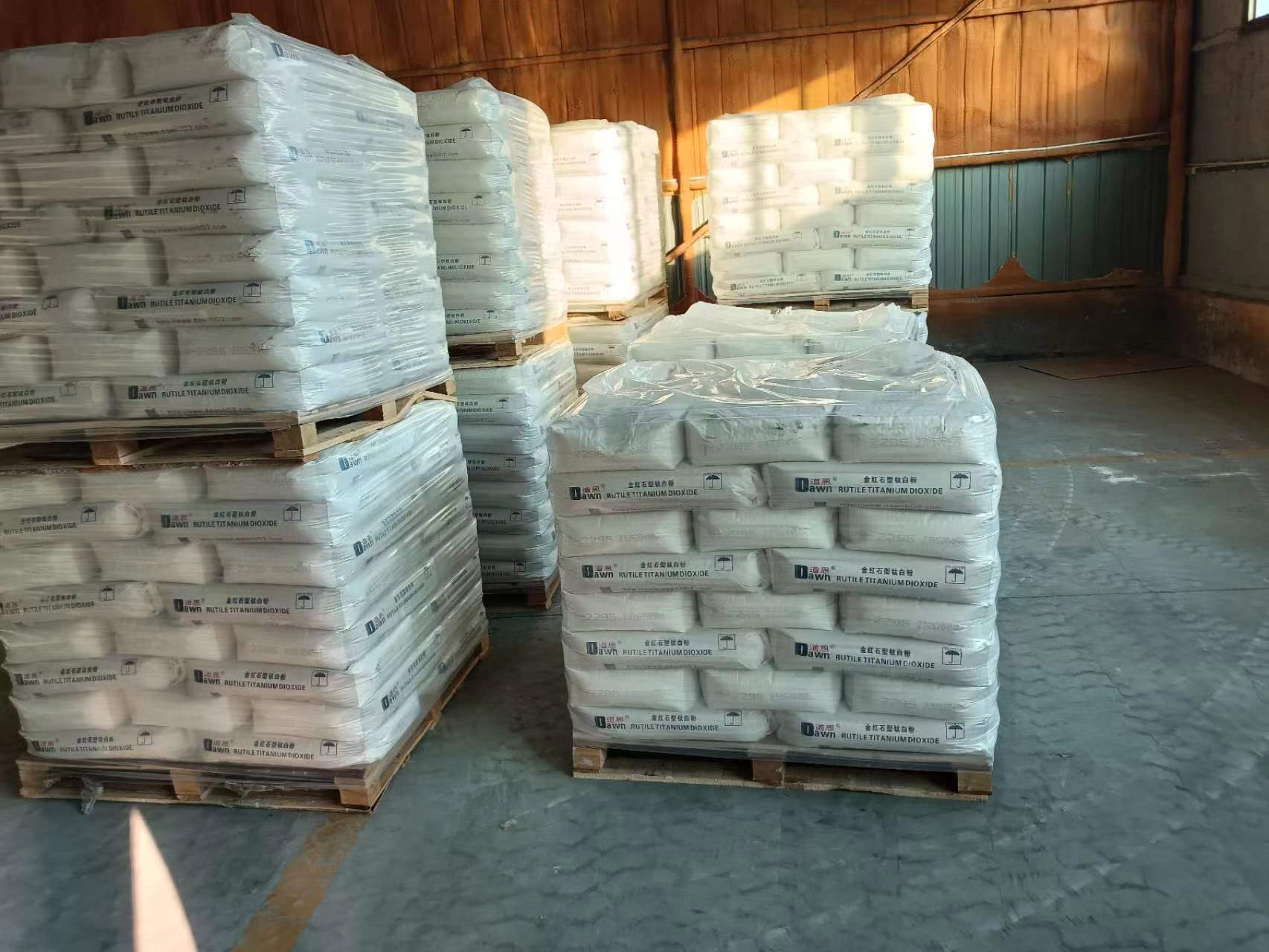
Dec . 03, 2024 21:28 Back to list
Exploring the Applications of Nano Titania in Various Coatings for Enhanced Performance
The Role of Nano Titania in Modern Coatings
In the quest for enhanced performance in industrial applications, the use of nanomaterials has become increasingly prevalent. Among these, nano-titanium dioxide (TiO2), commonly referred to as nano titania, has emerged as a transformative compound in the coatings industry. Its unique properties, including photocatalytic activity, UV protection, and self-cleaning abilities, have propelled its incorporation into various coating formulations, leading to significant advancements in both consumer and industrial products.
Understanding Nano Titania
Nano titania is characterized by its extremely small particle size, typically ranging from 1 to 100 nanometers. This diminutive scale grants it unique physical and chemical properties that differ markedly from its bulk counterpart. The large surface area-to-volume ratio results in increased reactivity, making nano titania particularly effective in photocatalytic processes. When exposed to ultraviolet (UV) light, it can facilitate chemical reactions that break down organic compounds, making it an ideal choice for applications where cleanliness and durability are vital.
Applications in Coatings
The applications of nano titania in coatings are vast and varied. One of its most celebrated attributes is its ability to provide exceptional UV protection. Coatings infused with nano titania can effectively block UV rays, preventing the degradation of materials beneath the surface. This property is particularly advantageous in outdoor applications, where exposure to sunlight can lead to significant damage over time. By incorporating nano titania, manufacturers can extend the lifespan of coatings, reducing maintenance costs and enhancing the longevity of structures.
Moreover, nano titania plays a crucial role in the development of self-cleaning coatings. When coated with nano tiatania, surfaces can break down dirt and organic pollutants upon exposure to sunlight, allowing contaminants to be easily washed away by rainwater. This innovative approach not only ensures cleaner surfaces but also minimizes the need for chemical cleaning agents, promoting environmental sustainability.
Enhancing Antimicrobial Properties
Another significant advantage of nano titania is its antimicrobial properties. Studies have shown that the photocatalytic activity of nano titania can effectively inhibit the growth of bacteria and other microorganisms on coated surfaces. This feature is particularly beneficial in healthcare settings, where hygiene is paramount. By applying nano titania-based coatings on medical equipment, surfaces, and even textiles, the risks of infections and contamination can be significantly reduced, making environments safer for patients and healthcare providers alike.
coatings used nano titania

Eco-Friendly Solutions
As the world increasingly turns toward sustainability, the environmental impact of coatings has come into sharper focus. Nano titania offers an eco-friendly solution by reducing the reliance on traditional solvents and chemicals that are harmful to the environment. Its inert nature and stability also mean that it can make coatings more durable and resilient, thereby reducing the frequency of application and the associated waste.
Furthermore, with regulations tightening around VOC (volatile organic compounds), manufacturers are under pressure to develop low-emission products. Nano titania assists in this endeavor by enabling the formulation of paints and coatings with reduced VOC content while maintaining performance integrity. This characteristic appeals to environmentally-conscious consumers and businesses alike, driving the adoption of nano titania-enhanced coatings.
Future Directions and Innovations
Looking ahead, the application of nano titania in coatings is poised for continued growth and innovation. Researchers are exploring new formulations and composites that can enhance the stability and effectiveness of nano titania, potentially leading to superior performance characteristics tailored to specific industry needs. Advanced research may also yield hybrid materials that combine the strengths of nano titania with other nanomaterials, resulting in multifunctional coatings that offer a range of benefits.
Additionally, as awareness regarding indoor air quality becomes more widespread, nano titania's potential in improving indoor environments is garnering interest. Coatings that can break down indoor pollutants under artificial light and contribute to healthier living spaces will likely see increased demand.
Conclusion
In conclusion, nano titania represents a significant advancement in the coatings industry, with its unique properties enabling a wide array of applications ranging from UV protection and self-cleaning surfaces to antimicrobial solutions. As the focus on sustainability and environmental stewardship intensifies, the versatility and effectiveness of nano titania-based coatings position them as a critical component of the future. Continued research and innovation will undoubtedly further enhance the capabilities of nano titania, ensuring its relevance in an ever-evolving marketplace.
-
Premium 6618 Titanium Dioxide for GPT-4 Turbo Applications
NewsJul.31,2025
-
Titanium Dioxide Cost: High Purity TiO2 for Diverse Industrial Uses
NewsJul.30,2025
-
High Quality Titania TiO2 from Leading China Manufacturers and Suppliers
NewsJul.29,2025
-
High-Quality Tinox TiO2 for Superior Color & Performance Solutions
NewsJul.29,2025
-
High Quality Titania TiO2 from Leading China Supplier & Manufacturer
NewsJul.29,2025
-
High-Performance r6618 TiO2 for Superior Whitening and Versatility
NewsJul.28,2025
